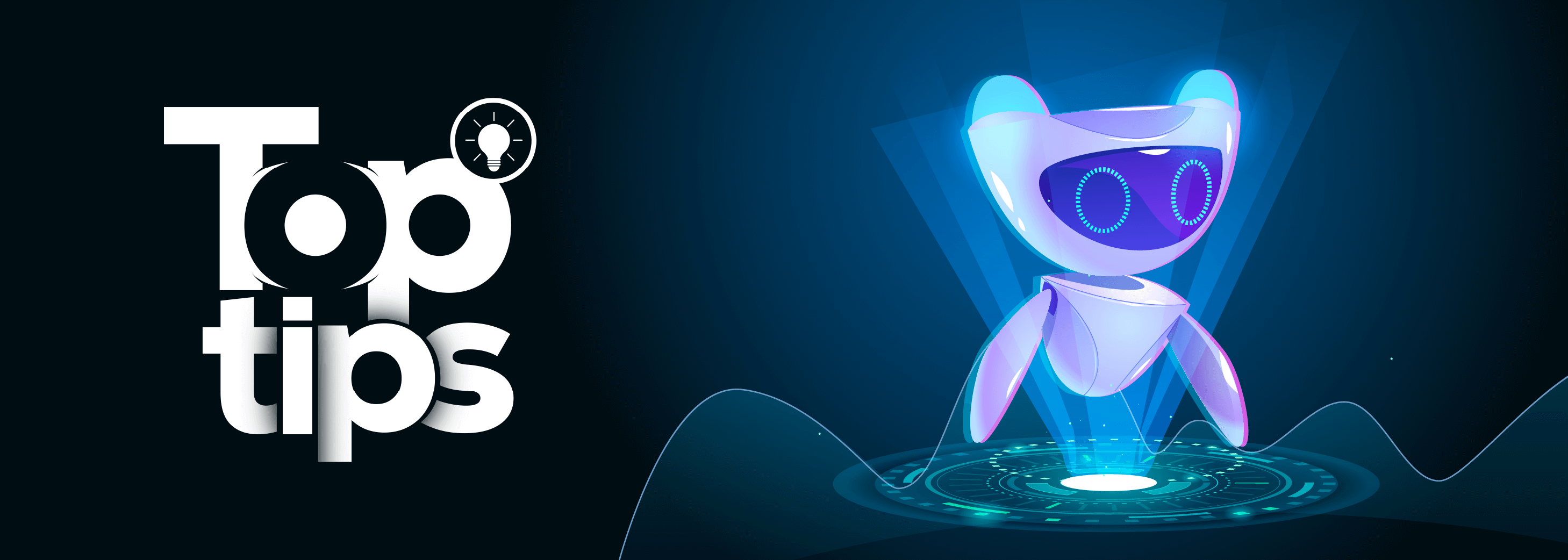Top tips: Tried and true hacks on AI adoption for enterprise organizations
Top tips is a weekly column where we highlight what’s trending in the tech world and list ways to explore these trends. This week, we’re exploring practical ways organizations can integrate AI smoothly into their everyday operations.

Life has changed dramatically since the rise of AI. The way we interact with the internet is different, and IT teams around the world now approach their work with a new mindset. But when a company decides to introduce AI into its workflow, it requires thoughtful planning, a clear goal, strong controls, and room for innovation. In this article, we'll break down the essentials of AI adoption using real-life examples from leading companies. Let's dive in.
1. Have a clear goal
A successful AI adoption strategy starts with a clear goal. Before integrating AI into your systems, you need to understand where and why you plan to use it.
For example, we use our own AI-powered Analytics Plus tool to bring analytics and automation into its business processes, improving both efficiency and decision-making. Similarly, your organization should map out where AI will be implemented and the purpose it will serve. A well-defined goal ensures your AI initiatives stay focused and aligned with business needs.
2. Build an AI playground
Yes, you read that right. An AI playground. Innovation thrives when employees have a safe space to experiment. Having AI tools but never testing or exploring them is a missed opportunity.
AWS SageMaker Studio is a great example. It offers a managed environment where teams can build, train, and test AI models isolated from production systems. SageMaker Studio helps maintain stability and reliability by keeping development work separate from the main environment. This isolation prevents dependency clashes and ensures smooth, consistent operations.
Create your own experimental AI playground so your organization can innovate while minimizing risks.
3. Create an internal AI knowledge hub
An internal knowledge hub helps employees build AI awareness and stay aligned with company guidelines. Many organizations today use retrieval-augmented generation (RAG) to store and surface relevant information efficiently.
When an employee searches for something in an internal knowledge hub, a RAG system retrieves the right information from across the organization, synthesizes it, and presents clear, actionable insights. This not only boosts productivity but also expands AI literacy across teams.
4. Adopt AI ethically
It’s not enough to adopt AI, you must adopt it ethically. This requires having a governance team that oversees AI usage, conducts regular audits, and ensures responsible practices.
During an AI audit, organizations should check for:
Bias in AI outputs
New risks or vulnerabilities
Proper access controls
Ethical and lawful management of personal and training data
Ethical frameworks protect both the organization and its users.
A final word
Organizations everywhere are exploring AI adoption, yet the how, when, and why often remain unclear. We hope this article serves as a starting point for your AI journey. Setting clear goals, building an experimental AI platform, creating an AI knowledge hub, and embracing AI ethically form the foundation of responsible AI adoption. There’s much more to explore, but this should help you take the first step.